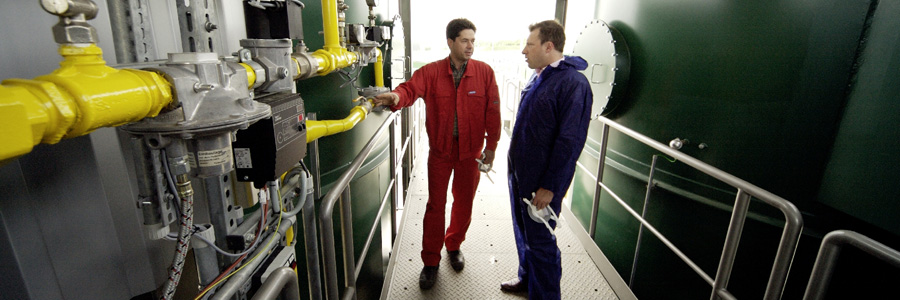- Technology
- RDF production

Production of refuse-derived fuels (RDF)
What is RDF?
Refuse-derived fuel consist of waste materials with high calorific value, and is used as a substitute fuel in industrial processes. The RDF composition needs to be tailored to its specific end-use. Therefore the treatment of the input-material, i.e. waste, depends on the specification the RDF has to meet for subsequent use. RDF can be used in e.g. Combined Heat & Power Plants or the cement industry for firing cement kilns.
Shredding and separation
A mechanical gripper is used to lift the waste fraction into a shredder, where it is shredded into smaller fractions. Ferrous and non-ferrous metals, such as iron and aluminium, are first separated and then the remaining material is sorted according to its size and weight by means of a ballistic separator.
Near-Infrared technology
Both the small-sized and heavy fractions are conveyed into a bunker for later use in thermal recycling. The lighter large-sized fraction is further shredded and sorted using near-infrared devices. Compressed air is used to eject polyvinyl chloride, which is then collected in a bunker, compressed and recycled.
Milling & loading
The refuse-derived fuel fraction is again separated from ferrous and non-ferrous metals and then milled. The material is ground by a millstone and then pressed through a sieve to produce a grainy material of a specific and pre-defined quality.
Utilisation
The refuse-derived fuel can now be used in either combined heat and power or cement plants as a substitute for primary raw materials.
For detailed information on RDF processing and applications please contact
Matthias Schäfer, phone +49 4461 9987 130
E-Mail: Matthias.Schaefer@nehlsen.com